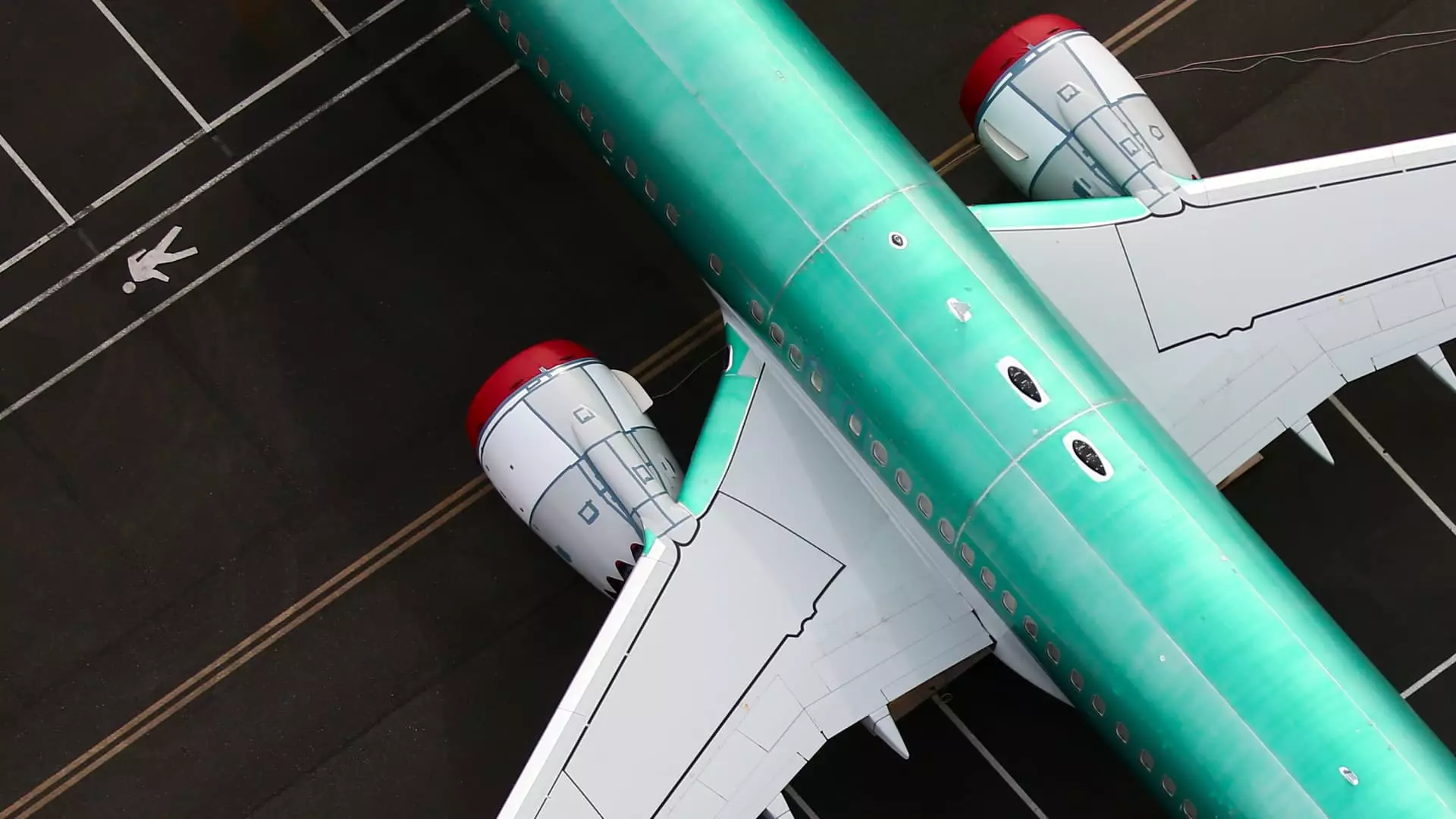Boeing’s recent financial outlook paints a bleak picture for the aerospace giant, which is poised to report a staggering loss of approximately $4 billion in the fourth quarter of 2024. This anticipated loss translates to an expected decline of $5.46 per share, which is notably below analyst expectations, revealing a further disconnect between the company’s performance and market forecasts. The company’s projected revenue of $15.2 billion also falls short of initial estimates, influencing investor confidence and further complicating its already precarious financial situation.
Adding insult to injury, Boeing has reportedly drained $3.5 billion in cash during the same quarter, representing a serious liquidity crisis. In response to this dire situation, the company raised over $20 billion to enhance its cash reserves and stabilize its balance sheet. While this move may provide temporary relief, it highlights a more significant issue: Boeing’s ongoing struggle to maintain consistent cash flow. The company’s inability to achieve profitability since 2018 raises concerns about its long-term sustainability.
One of the most significant challenges Boeing faces stems from labor disputes, particularly a nearly two-month strike that commenced in September 2024. The labor stoppage—which significantly hampered commercial aircraft production—culminated in the establishment of a new contract for the machinists. Although this agreement may have resolved immediate conflicts, it came with substantial costs, including an estimated $1.1 billion charge related to the 777X and 767 programs. Such disruptions underscore Boeing’s reliance on a stable workforce and the vulnerabilities inherent in labor relations within critical production sectors.
Boeing’s operational difficulties were exacerbated by a distressing midair incident earlier in January 2024, when a door plug failure led to an urgent safety crisis. This event rekindled federal scrutiny and further delayed aircraft deliveries, a critical aspect of Boeing’s revenue generation. The management’s struggle to recuperate from past tragedies—namely the fatal crashes in 2018 and 2019—compounds these present issues, portraying an organization beset by crises both historical and current.
The implications of these challenges are not confined to the commercial aircraft division alone. Boeing’s defense sector is also experiencing substantial difficulties, with pretax charges expected to reach $1.7 billion, primarily related to problems with the KC-46A tanker and the protracted development of the next-generation Air Force One aircraft. Additionally, delays in its space programs add to an already complex operational landscape.
Boeing’s current situation necessitates a comprehensive reevaluation of its operational strategies amidst financial losses, labor disputes, and safety concerns. With stakeholders closely monitoring the company’s next steps, Boeing must demonstrate resilience and the ability to recover from these challenges if it hopes to restore its reputation and regain market position. The road ahead appears steep, yet the potential for recovery remains dependent on astute management decisions and the reconciliation of internal conflicts with a focus on safety and profitability.


Leave a Reply